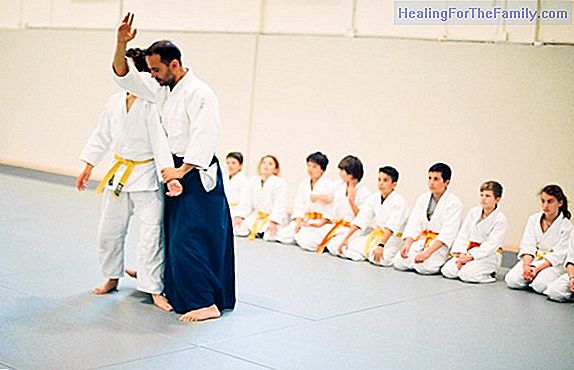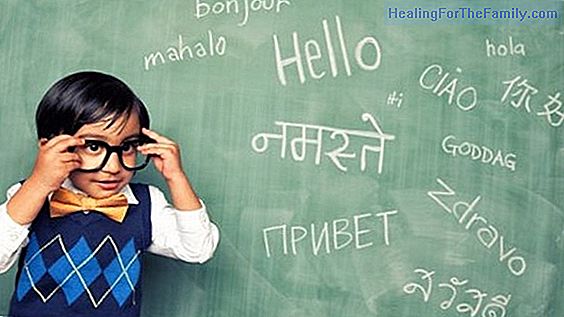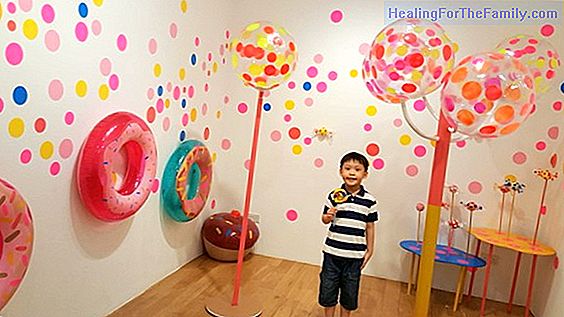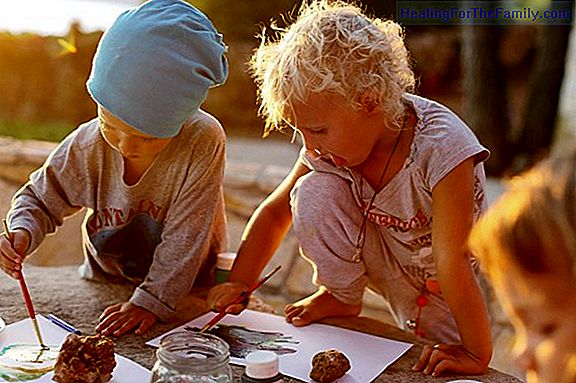5 Types of tantrums in children
A tantrum is that explosion of anger in young children, that rage and that uncontrolled crying that appears suddenly in children . The child screams, kicks and cries hard. He even throws himself to the ground. At that time it does not attend to reasons. It is due to a loss of control over their emot
A tantrum is that explosion of anger in young children, that rage and that uncontrolled crying that appears suddenly in children. The child screams, kicks and cries hard. He even throws himself to the ground. At that time it does not attend to reasons. It is due to a loss of control over their emotions.
But there are different types of tantrum and also different causes. Depending on their origin, we can catalog them in the following way.
Types of tantrums in childhood
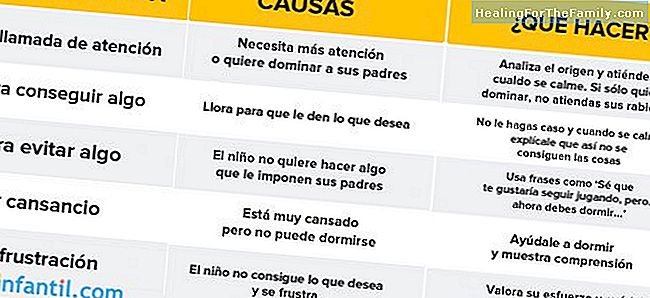
1. Tantrum to get attention. The child demands more attention from his parents. It can appear because of jealousy towards a brother, for example, or because he feels that his parents suddenly devote less time to him than before. It's the most classic tantrum. Children often use it to dominate and take control of their parents. But other times, it is a real wake-up call because it feels 'out of the way'. Before this tantrum, let it calm down and analyze if it did because you really did not attend to your needs or if you simply want to manipulate yourself. In the first case, you should pay more attention. In the second case, you should ignore the tantrums to show that you can not get away with it whenever you want.
2. Tantrum to get something. Another of the most typical tantrums among children (especially at 2 and 3 years old) is crying to get something. The child wants something that they do not give him and starts crying with all his strength. The best thing to do is to analyze if you really need what you are asking for or it is just a whim. But in any case, do not give him what he asks in the middle of the tantrum. It is better to wait until he calms down and explain that you can not get things that way.
3. Tantrum to avoid something. Or there may be the case of the tantrum in children who do not want something to happen. For example, a baby who does not want his hair cut, or who does not want to go to sleep ... In that case, the first thing to do when you calm down is to explain that you understand, but that you can not do what you always want . That is, you can use phrases like: 'I know you want to keep playing ... but it's time to sleep, because if not, you'll be very tired and tomorrow you will not be able to play' ...
4. Tantrum out of fatigue. Many times, at the end of the day or mid-morning, the children are so tired that they can not sleep. The exhaustion and that discomfort make them cry and ask for helpless help. It's his way of complaining about fatigue. Try to help you fall asleep. That type of tantrum needs your patience, your attention and your understanding.
5. Tantrums out of frustration. Often the tantrum is just a sign that the child is still very small and does not know how to control his emotions. At one point he feels irritable, frustrated ... and begins to cry without knowing very well why. Help him calm down, and when he's calmer, talk to him about emotions. Ask him if he felt angry about something ... and explain that feeling is normal, but that crying is not the way to solve it. And take the opportunity to praise his efforts. Enhances your self-esteem
In all cases, at the time when the tantrum goes on and threatens to hit other children or even parents, you should avoid it and take action. Do not let it hit him or hit others. You can take him to his room or a secluded place to calm him down (but do not leave him alone).

